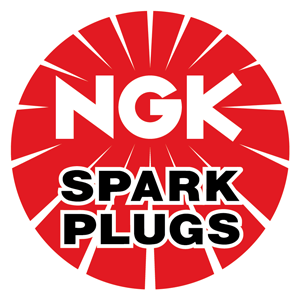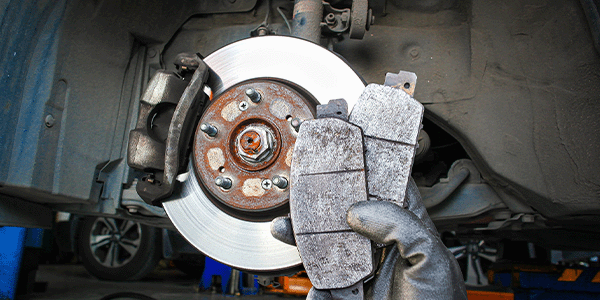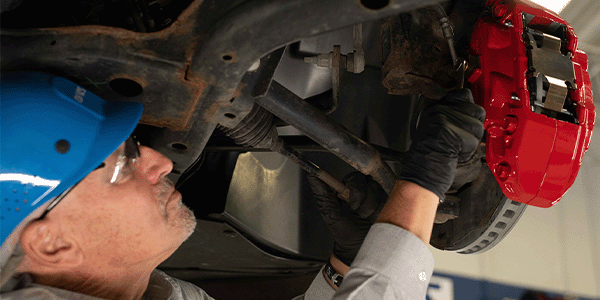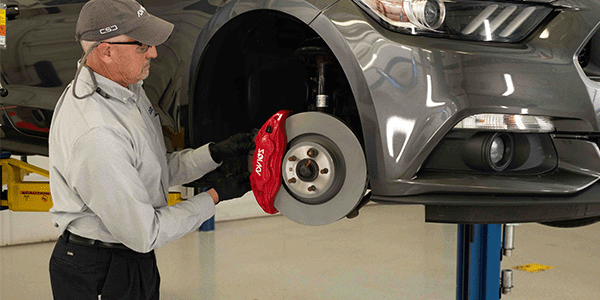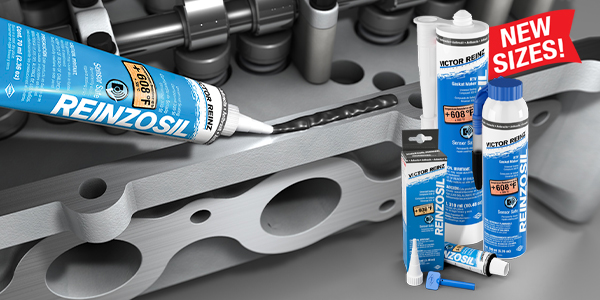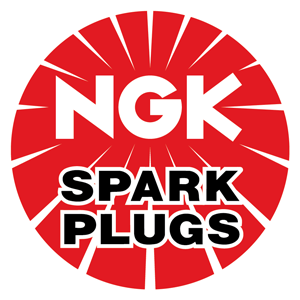 When diagnosing ignition components due to misfire codes, inspect the ignition coils, coil-on-plug boots and spark plugs as a complete system. The leading cause of an ignition coil damage claim is spark plug flash-over. Checking the inside of coil boots during routine plug maintenance can lead to fewer come-backs, less time spent on diagnostic repairs, and a happy customer.
When diagnosing ignition components due to misfire codes, inspect the ignition coils, coil-on-plug boots and spark plugs as a complete system. The leading cause of an ignition coil damage claim is spark plug flash-over. Checking the inside of coil boots during routine plug maintenance can lead to fewer come-backs, less time spent on diagnostic repairs, and a happy customer.
Flash-over leaves tracing or burn marks on the insulator of a spark plug. These marks happen when the ignition coil voltage grounds directly into the spark plug shell; before reaching the spark plug ground electrode to complete combustion. The result is a misfire and damage to either the plug insulator, the ignition coil, plug boot or all of the above. This will likely result in misfires that could lead to engine damage.
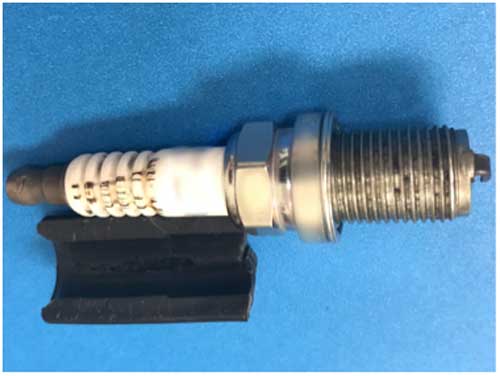
Similarly, the coil-on-plug boot will show visible signs of spark plug flash-over. Some of these signs are deterioration, cracking, dry-rotting, melting of the coil-on-plug boot, and marks in the interior of the boot where the flash-over occurred.
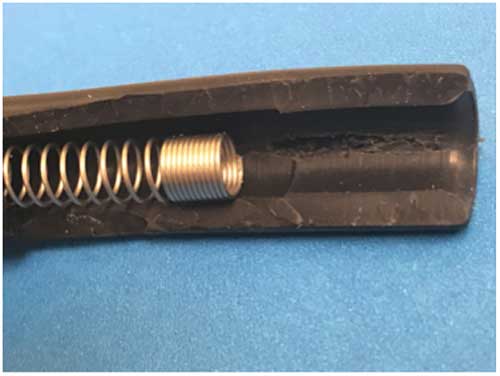
While the function of the corrugated ribs on a spark plug insulator is to stop voltage from jumping to the hexagonal portion of the spark plug, thus preventing flash-over, some factors obstruct this design. Using too much di-electric grease for example, will defeat the purpose of the ribs on a spark plug and lead to flash-over. If using di-electric grease, do not apply to the ribs of a spark plug. Apply it to the plug’s terminal nut or the coil’s spring.
It is important to also note that not all spark plugs have corrugated ribs. Some spark plugs feature a smooth insulator which is more susceptible to flash-overs, with or without di-electric grease. Another thing to keep in mind when replacing an ignition coil or coil-on-plug boot, is that di-electric grease is usually pre-applied to the product during manufacturing. Applying it a second time during repair increases the risk of flash-overs and misfires.
Not completing a full inspection of the ignition coil and plug boot when performing spark plug maintenance may result in continued misfiring, which could lead to engine and/or catalytic convertor damage. Inspecting both the ignition coil and spark plug when doing routine maintenance will lead to less come-backs, headaches, and warranty returns.
Remember these things when replacing components due to spark plug flash-over:
- Check for damage to the ignition coils
- Use caution when applying di-electric grease
- Make sure the plug’s corrugated ribs are clean and dry
For more information or questions about ignition coils you can reach out to the NGK Technical Support line by calling 877-473-6767 or visit them on the web at www.ngksparkplugs.com/ignitioncoils.

